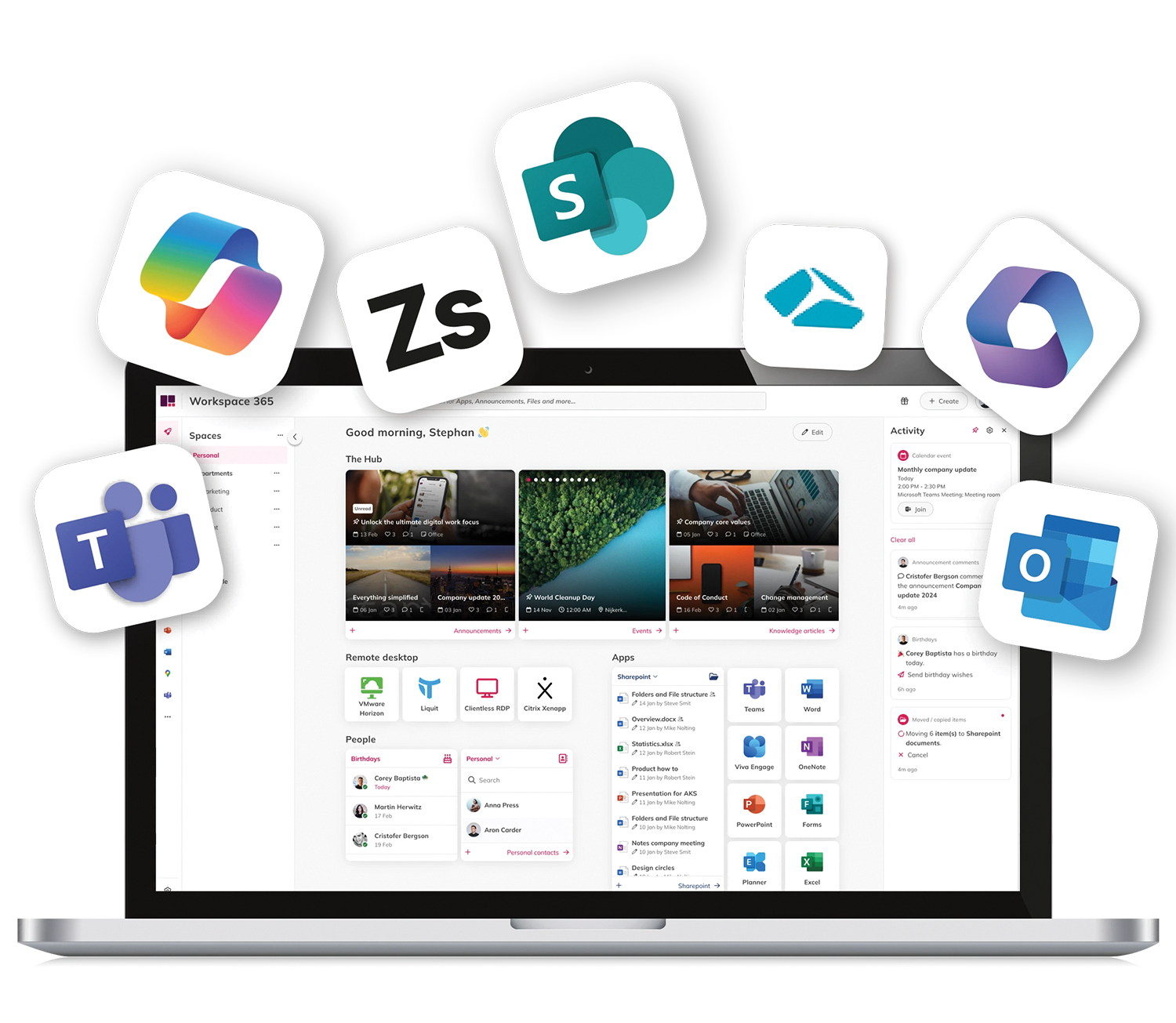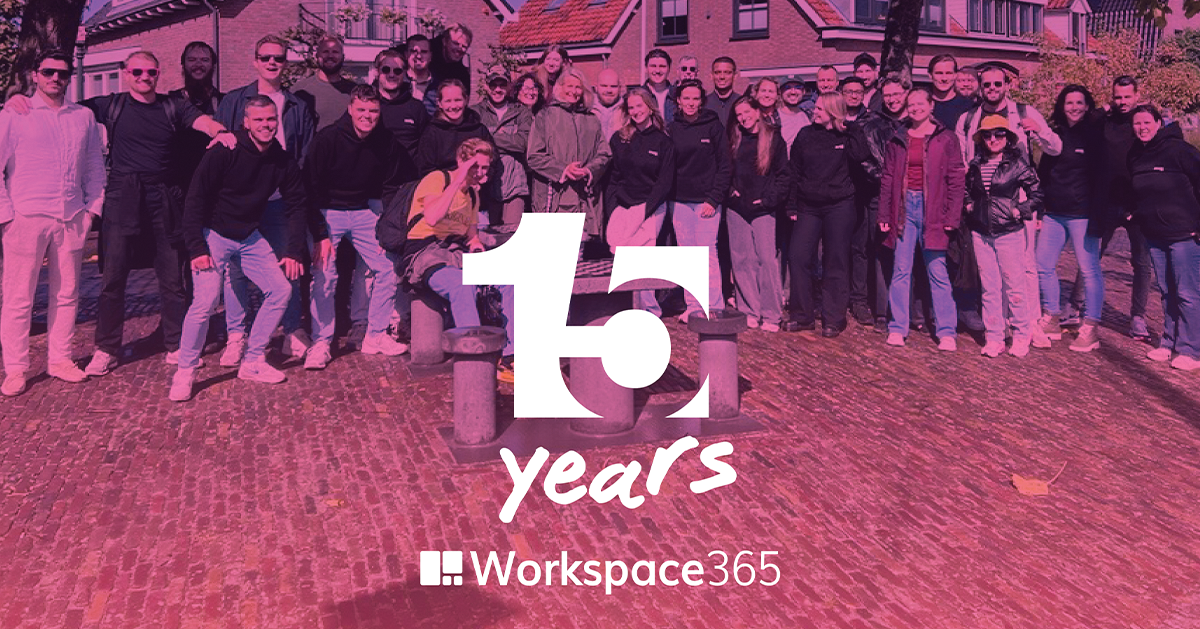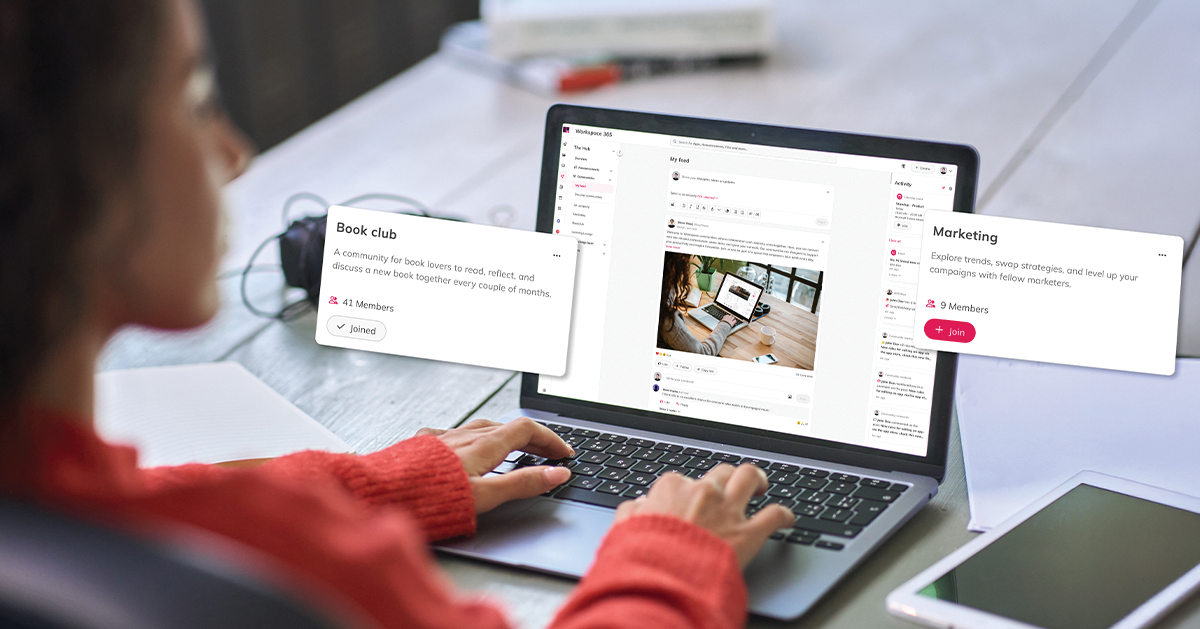We hear this question frequently at customers who used a virtual desktop for many years. Their question is filled with sentiment, so today I'd like to share some insight into their thoughts behind this question. As 80% of our partners (MSPs and VARs) offer solutions like Microsoft WVD, Citrix Virtual Apps & Desktop and Workspace 365 it was time to question them and their customers. Today I'd like to share what we learned from them.
Why are IT-managers questioning if they still need a virtual desktop?
To start off, the primary reason that both customers, MSPs and VARs all noted for questioning whether they need it is the shift to browser-based applications (SaaS-first). As many applications are available in the web companies are questioning why they need a virtual desktop. This drives them to discover new solutions in the market as the flow of accessing a virtual desktop to open your browser doesn't seem logical as all devices have a browser.
What IT-managers tell us after comparing virtual desktops and Workspace 365?
Before starting a partnership with Workspace 365, many of our IT-partners (MSPs and VARs) first tested multiple virtual desktop solutions. One of the things they tell us is that setting up virtual desktops for their environment can take days (or even weeks). Usually, it is their existing IT-stack that makes it difficult to set-up an environment for themselves. And the partners see this same challenge for customers who want to move quickly and therefore choose Workspace 365, a browser-based workspace.
As many companies are looking at Office 365 for their company as an alternative to their remote desktop, Workspace 365 is a logical choice to unite their web applications, documents, information, contacts and their applications. Workspace 365 makes it easier to set-up workspaces and allows the partners to build their own workspace within hours.
A question we often hear: Who needs a virtual desktop?
While virtual desktops offer a ton of extra security and management features, we often see companies discuss the question "who needs a virtual desktop?". With Microsoft's growing cloud operations, some partners told us that they want to be sure that they have a solution in a post-virtual desktop era.

At multiple healthcare customers, we learned that approximately 30% of their employees previously used a virtual desktop, but they started discovering alternatives to the remote desktop as they stated that 70% of their organisation doesn't need a virtual desktopand they implemented a Cloud-Only strategy. While they know all the benefits of delivering virtual applications or desktops, they question the need as they are replacing their legacy Windows applications with web applications.

What do people (the end-users) want and say about virtual desktops?
In the previous years, the IT-department ruled the digital workspace. Managing a corporate IT-environment requires a lot of knowledge. However, the days of 'grey and geeky IT' are over. IT-managers are actively involving end-users, communication managers and other 'non-tech-savvy' people in the decision journey for their new digital workspace.
That is why we organise feedback sessions with our partners and customers (more importantly with the end-users) to gather feedback on how we can simplify their work. During these sessions, we learned that people looked at the virtual desktop as a technically advanced solution, which is perfect for those who need it the entire day, but they preferred using their own device to watch videos, access web applications, look up documents, contacts, communication and other information.

Additionally, companies are looking for ways to deliver web applications to their employees. This makes it more logical for them to choose a solution that uses the browser as the central starting point as opposed to the virtual desktop because within the virtual desktop they will still need one central location for all their applications, documents, contacts, communication and information.
Why some of our customers still use a virtual desktop within Workspace 365?
As mentioned before, there are people who need a virtual desktop. And companies like Citrix offer very powerful technologies to manage virtual applications and desktops. That is why we also integrate Citrix Virtual Apps, Nutanix Frame, and Windows Virtual Desktops (WVD) within Workspace 365.
During the feedback sessions, we learned that end-users usually had to login separately to Microsoft and their virtual desktop enivornment. That is why we integrated these solutions and allow people to open any application with Single Sign-On.
Furthermore, we also made it easy to switch between the local Citrix receiver (Citrix Workspace app) and the web version. By doing this, people have all their Microsoft 365 (previously Office 365) documents, statistics, news and applications in one single portal. They only need one credential set and use the same workspace as anyone else in the organisation.
What platform is best for my virtual applications?
This is a question that many people ask us. With the rise of Platform-as-a-Service and Infrastructure-as-a-Service organisations have to make future choices. When moving to the public cloud to platforms like Azure or AWS, would it be the right decision to rebuild their current IT infrastructure in Azure, or would RDP be a mature alternative?
Whatever you choose, our focus is simplifying work, so we always look for the most powerful technologies to integrate into Workspace 365. That is why we allow IT-managers to integrate Citrix Virtual Apps, Clientless RDP, WVD, Nutanix Xi Frame and other solutions (yes, more will be added!).
We believe that companies are better off selecting tools based on the strongest points and their current investments. By bringing them together in Workspace 365 you are less dependent on a specific vendor and you are free to switch the underlying technologies while maintaining the same user experience in your adaptive workspace.
Does my organisation still need a virtual desktop?
This is a question which you should answer, it depends on your current investments, future plans and your application landscape. As more and more applications are moving to the browser companies like Citrix and Google also launch products to support this (for example Citrix Workspace or Google Workspace). So, the question remains if you need your familiar virtual desktop or if it is time for your organisation to move to an easy-to-use browser-based desktop?







